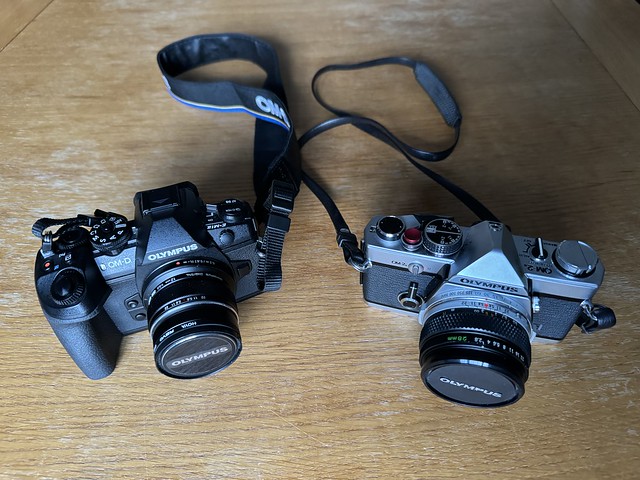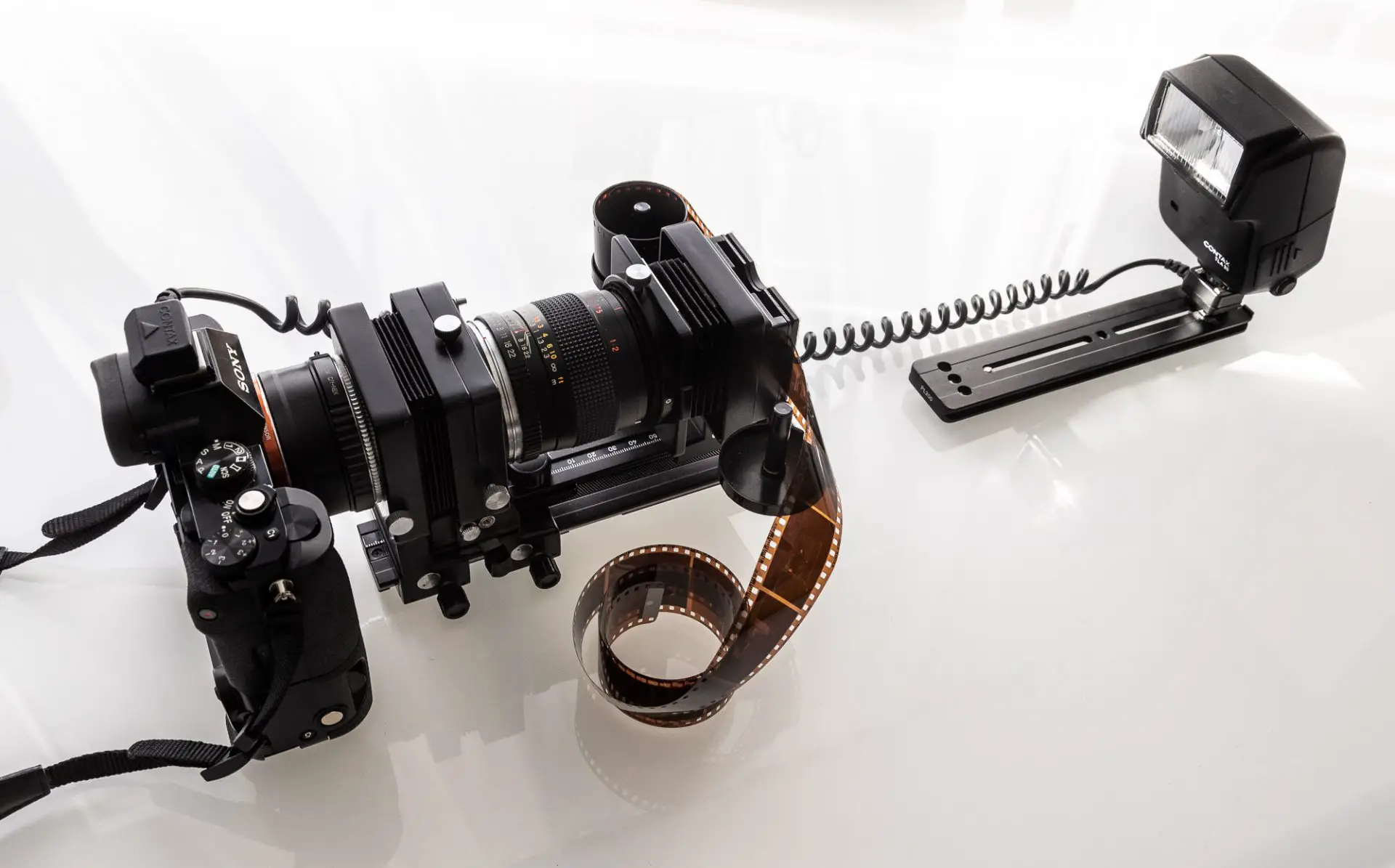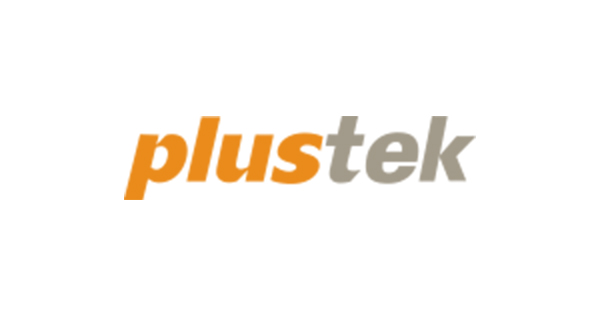Hazelberry
sister
I moved to digital in the mid-00s for its much improved value but I’d loved making slides. It was a simple one step process that seemed more truthful than printing from negatives. Well-exposed projected slides looked amazing. If I wanted prints I knew a printer who made superb ones via medium format internegs.
I was never a fan of Velvia, much preferring the lower contrast, less saturated Provia. I could buy it cheap from someone who reloaded bulk film. Early 90s Ektachrome had a lovely soft warm palette that suited autumn colours. I never used Kodachrome 25 but loved the greens in K64. Once I bought a bunch of really cheap ORWO 100 that had perhaps the most inaccurate palette ever: cool & grainy with dreadful skin tones. It had a surreal, moody effect. I used tungsten film for gigs. Ektachrome 320T was a revelation! Re gigs, my focusing was often a bit out due to it being manual in usually dim lighting, although I could hold the camera still to 1/2 sec, sometimes 1 sec, even half-cut.
I’ve long planned to make digital copies of the best of my archive, even accumulating most of the equipment to do it via camera. However it seems more & more likely that it’ll be a retirement project - if I can be bothered by then as I’ve lost much interest & nearly all my eye in photography.
I was never a fan of Velvia, much preferring the lower contrast, less saturated Provia. I could buy it cheap from someone who reloaded bulk film. Early 90s Ektachrome had a lovely soft warm palette that suited autumn colours. I never used Kodachrome 25 but loved the greens in K64. Once I bought a bunch of really cheap ORWO 100 that had perhaps the most inaccurate palette ever: cool & grainy with dreadful skin tones. It had a surreal, moody effect. I used tungsten film for gigs. Ektachrome 320T was a revelation! Re gigs, my focusing was often a bit out due to it being manual in usually dim lighting, although I could hold the camera still to 1/2 sec, sometimes 1 sec, even half-cut.
I’ve long planned to make digital copies of the best of my archive, even accumulating most of the equipment to do it via camera. However it seems more & more likely that it’ll be a retirement project - if I can be bothered by then as I’ve lost much interest & nearly all my eye in photography.





